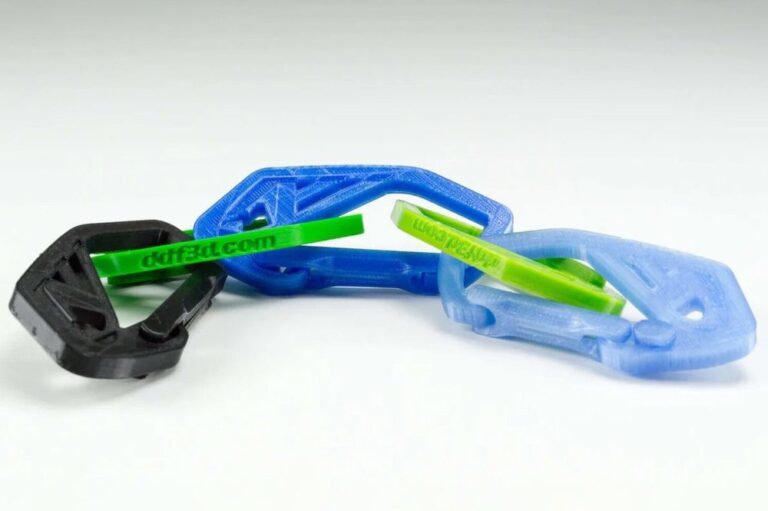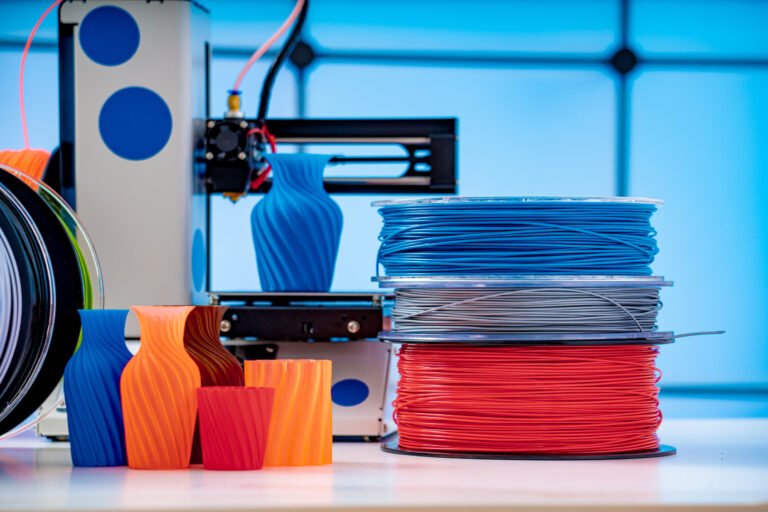A general overview of 3D printing
3D printing is a technology that has only been around since the 1980s. It was first introduced as what we now know as rapid prototyping, and has evolved to become more mainstream in recent years. 3D printers work by melting materials like plastics or metal into thin layers which are then bonded together to create three dimensional objects. There are many materials you need for 3d printing, including filament materials, support materials, and finishing materials. This blog post will go over all the materials you need for 3d printing so that you can start creating your own models.


Filament Materials
Filaments come in both rigid and flexible varieties; they’re typically made of polymers like ABS plastic or PLA (polylactic acid). There are many materials available, and a few of the most common ones include:
ABS Plastic
Rigid plastic filament materials with good durability.
PLA
A biodegradable material that is easy to print with but can be harder to work with than other materials.
Nylon
Another popular printing material that is more durable than PLA.
PETG
A flexible material with excellent strength and durability, but can be harder to print with.


Support materials
In order for 3d printers to print three dimensional objects, they need something to hold up the thin layers of melted material until they harden. This is typically done with support materials that are either dissolved or removed after the printing process is complete. There are a few different types of support materials available, but the most common ones are:
PVA
A water soluble material that can be used on your 3d printer as both a support material and a raft (a thin base layer to help models stick to the print bed). They dissolve in water once the model has been printed! When you’re choosing a filament material, you’ll also want to consider the color and finish of the final product.
HIPS
A dissolvable support material that is typically used with PLA materials.
PCL
A water soluble filament materials designed to be dissolved in Limonene, a citrus extract found in oranges and lemons! If you’re looking for more materials options, check out this article on Amazon .
Finishing materials
Once your 3d printed object is finished, you may want to give it a finishing touch. This can be done with a number of materials, including:
Acrylic paint
A type of paint that can be used on both plastic and metal 3d prints.
Spray paint
A quick and easy way to finish your 3d prints in any color you want.
Sandpaper
A great way to smooth rough edges and give your 3d prints a polished finish.
Wood glue
For adding extra details or finishing touches to wooden 3d prints.
Order 3D printing materials from 3D Motifs
There are many materials you need for 3d printing, but these are some of the most common ones. With so many options available, you can create just about anything with a 3d printer!
You can also order materials for 3D printing from us. 3D Motifs has a range of materials to choose from, so you’ll definitely find the right material for your project.

